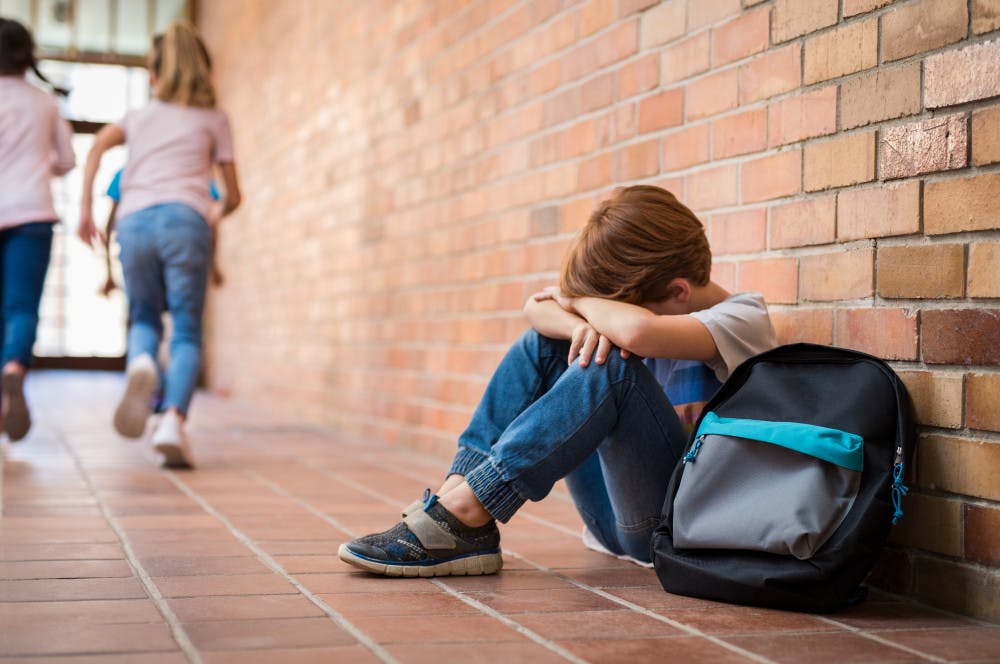By Brielle Bryan
Lips pursed, fingers clenched, eyes closed.
I watch myself in the mirror, staring at the reflection of an 11-year-old who was told that her clothes were too tight and her hair was too frizzy.
Body flinches, heart races, hands pull against fabric.
I try on multiple shirts, but nothing fits right. They’re either too tight or too loose. I try multiple hairstyles, but none of them look right. They either make my hair look too flat or too thick.
I carried the words that were said to me as a child with me to adulthood. When I look in the mirror, I see the child who was bullied into thinking that she would never be good enough. I also see the adult who says that I should not let others define me, and that I am more than enough.
Bullying is a serious issue, and is most prevalent in the early pubescent years. Even though we might grow older, we don’t necessarily grow out of the role of abuser or victim. If we got away with teasing our peers during recess, then we will continue to antagonize others as adults. If we let our peers boss us around and make fun of us during snack time, chances are more than likely we will let others push us around as adults.

To those who are bullies, how do you stop? What is driving your anger or fear? Who has played a negative influence in your life?
Those who have been bullied, how do we say, “No?” What can we do to drive fear out of our lives? Who can we look up to, and how do we use that positive influence to shape our view of ourselves?
Abusers can learn to stop being abusers, and victims can learn to stop being victims. Both can achieve their goals through self-awareness.
We should ask ourselves questions. Why do I act the way I act? Who is the center of my problem? What can I do to change my behavior?
Abusers act out of hatred or fear. Abusers want others to feel the fear they felt, which was possibly inflicted by a family member or a peer. Abusers can change their behavior by identifying who made them feel afraid, and recognizing that what that individual did to them was wrong.
Victims act out of trust and insecurity. Victims want to believe the harmful words of others, because they don’t think highly of themselves. The center of a victim’s problem is not the bully, but the victim themself. Victims can change their behavior by trusting their own judgment, valuing themselves and knowing their own self-worth.
No one is innocent from bullying. Everyone that we’ve come into contact with has either been an abuser, a victim or both. The only way to cure the world of bullying is to plead guilty. We have to recognize the impact of bullying in our prepubescent years, and make the choice to not let it control our adult lives. The only way to make that choice is to come to terms with who we are, and ask ourselves self-identifying questions.
Are you an abuser, a victim or both?










